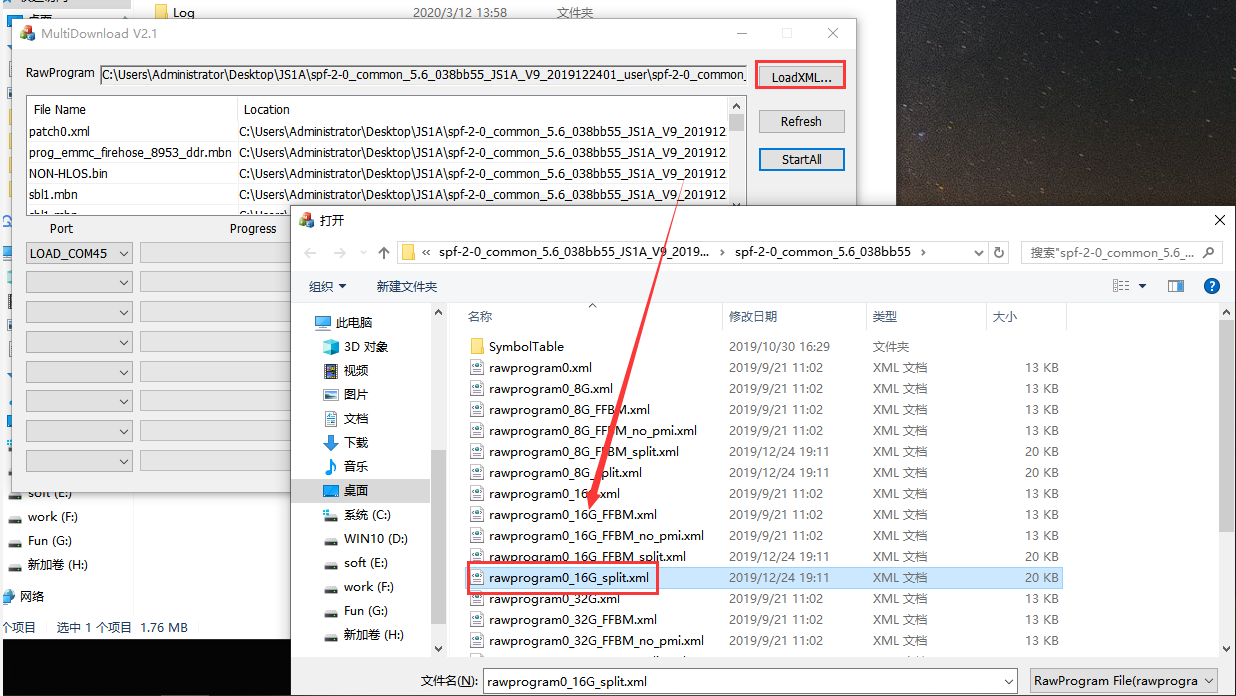
Full output using "verbose" is below.īUT, when I install and run on my Windows Server 2008 R2 (64-bit) machine, it all works just fine. Serial communication on pins TX/RX uses TTL logic levels (5V or 3.3V depending on the board). Click the serial monitor button in the toolbar and select the same baud rate used in the call to begin (). Easily add an RS-232 9-pin serial port to any computer with our PL2303-DB9 USB to Serial Adapter This adapter will let you connect older serial devices to. uses usb-serial-for-android library supports FTDI FT232R, FT232H, FT2232H, FT4232H, FT230X, FT231X, FT234XD Prolific PL2303 Silabs CP2102 and all other. I have also tried the 1.0.3 version drivers, with the same results. You can use the Arduino environment’s built-in serial monitor to communicate with an Arduino board.

When I run the Arduino IDE and try to upload any sketch, it gives me the "not in sync" error. If I install on my machine at work, or my laptop at home (both running Windows 7 64-bit.one is Home edition and the other is Enterprise), the driver installs fine, and it recognizes the "Prolific USB-to-Serial Comm Port" when the board is plugged in. When it prompts you, plug in the PL2303 USB-To-Serial adapter and click Continue. Unplug all USB-To-Serial adapters and Double click on the installer PL230364bitInstaller.exe. It features an Atmega16U2 programmed as a USB-to-serial converter, the same chip found on the Arduino Uno. I downloaded the most recent PL-2303HX drivers (1.8.0) from . Download and Save the PL2303 Installer Program here. This board converts a USB connection into a 5 volt Serial TX and RX that you can connect straight to the Arduino Mini, Arduino Ethernet or other microcontrollers, allowing them to talk to the computer.

I picked up an Arduino clone made by BETEMCU, and I am having some mixed results.


 0 kommentar(er)
0 kommentar(er)
